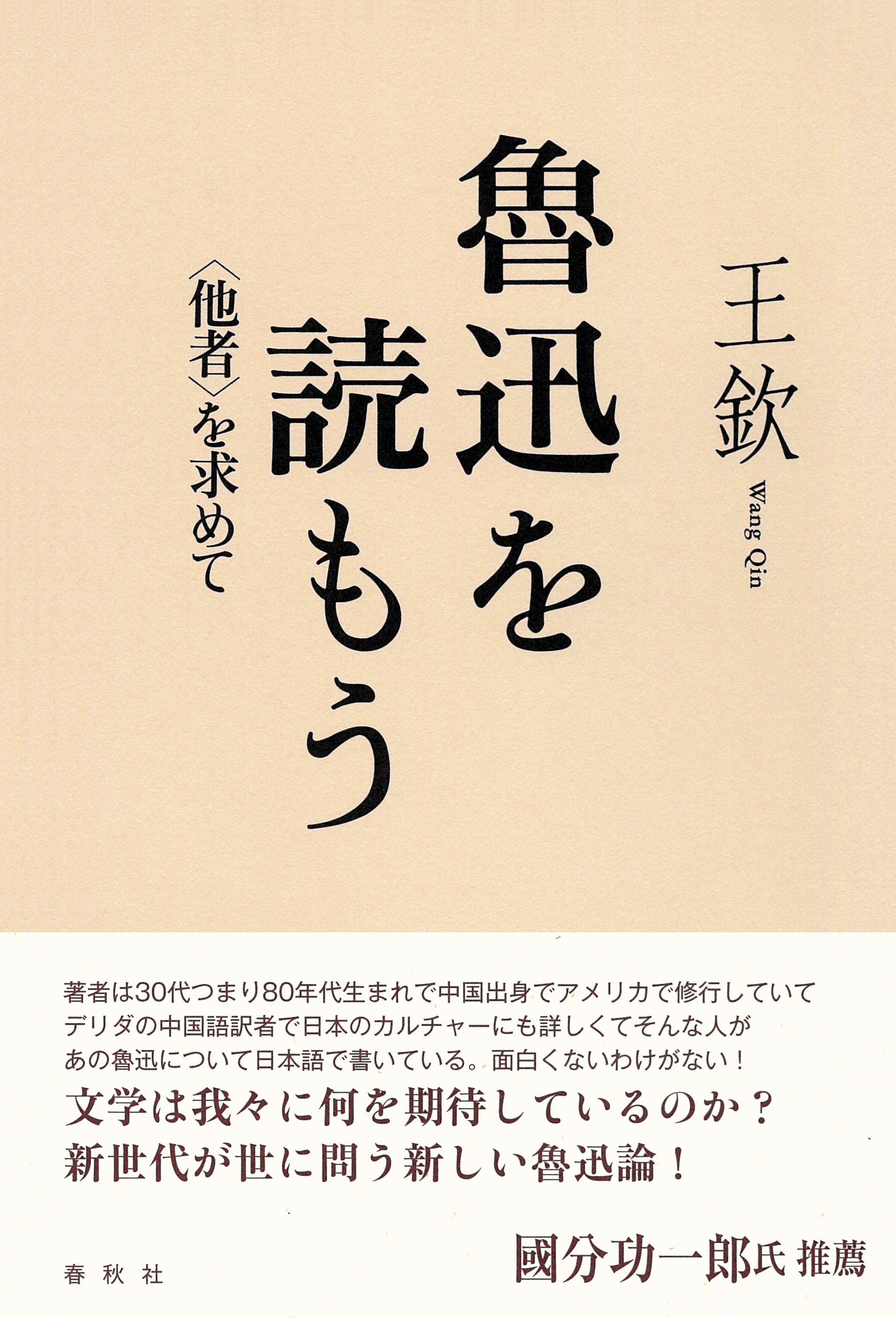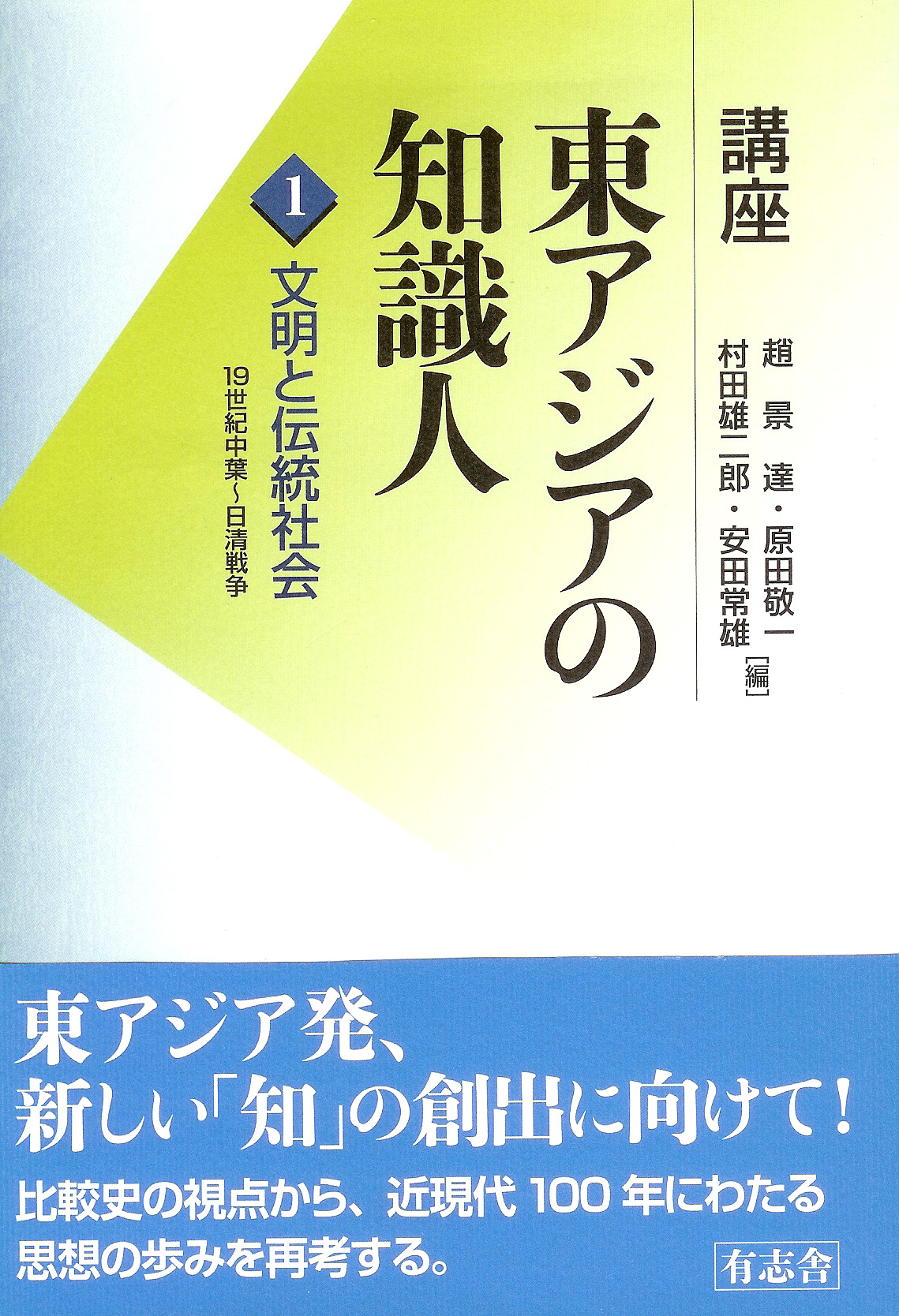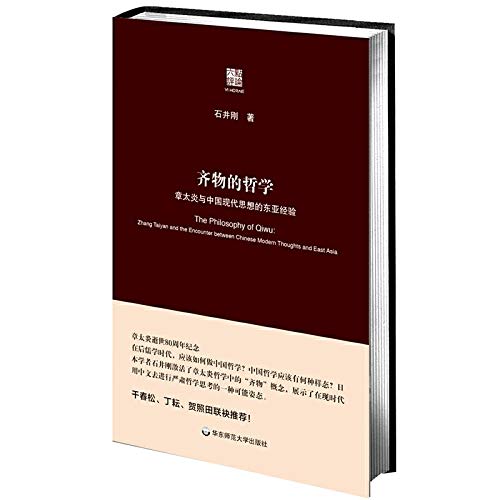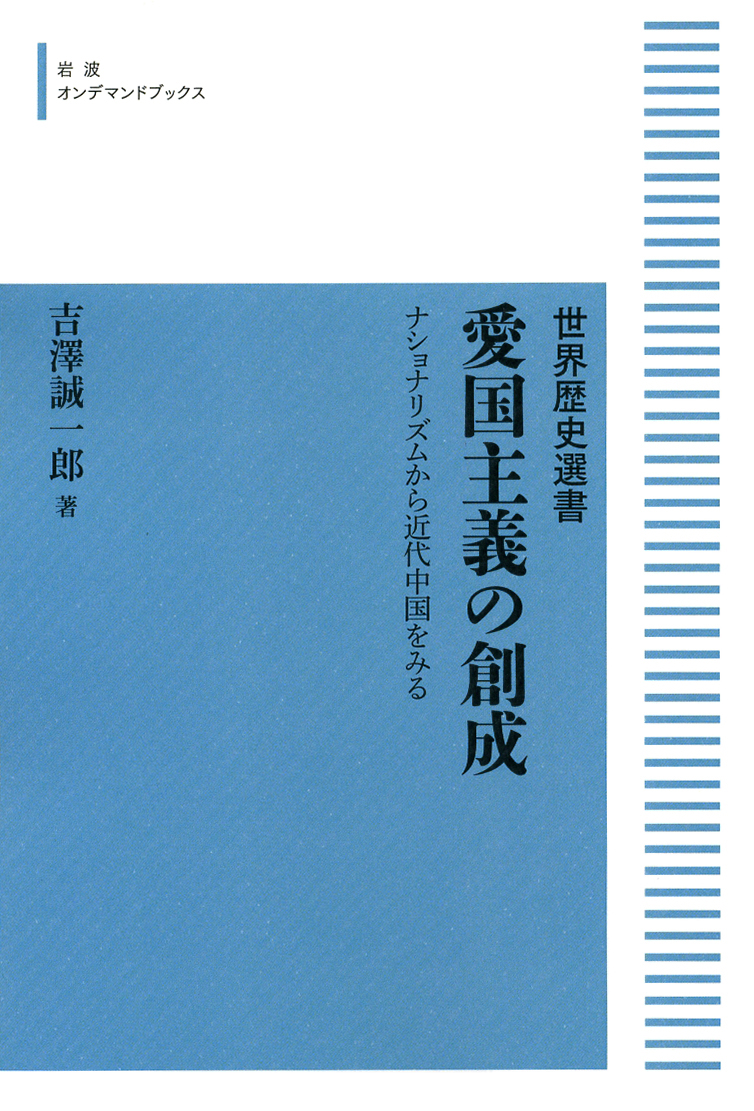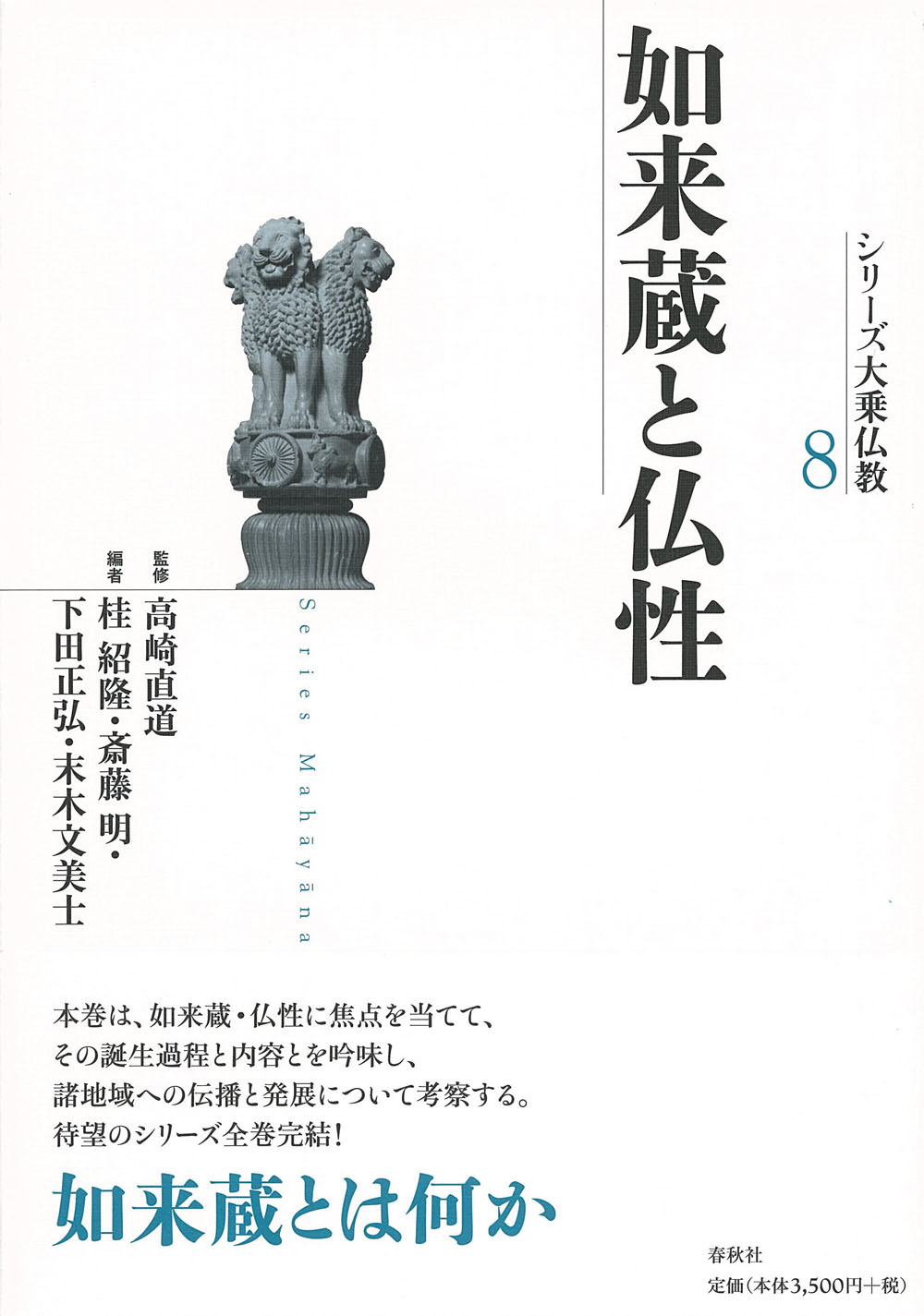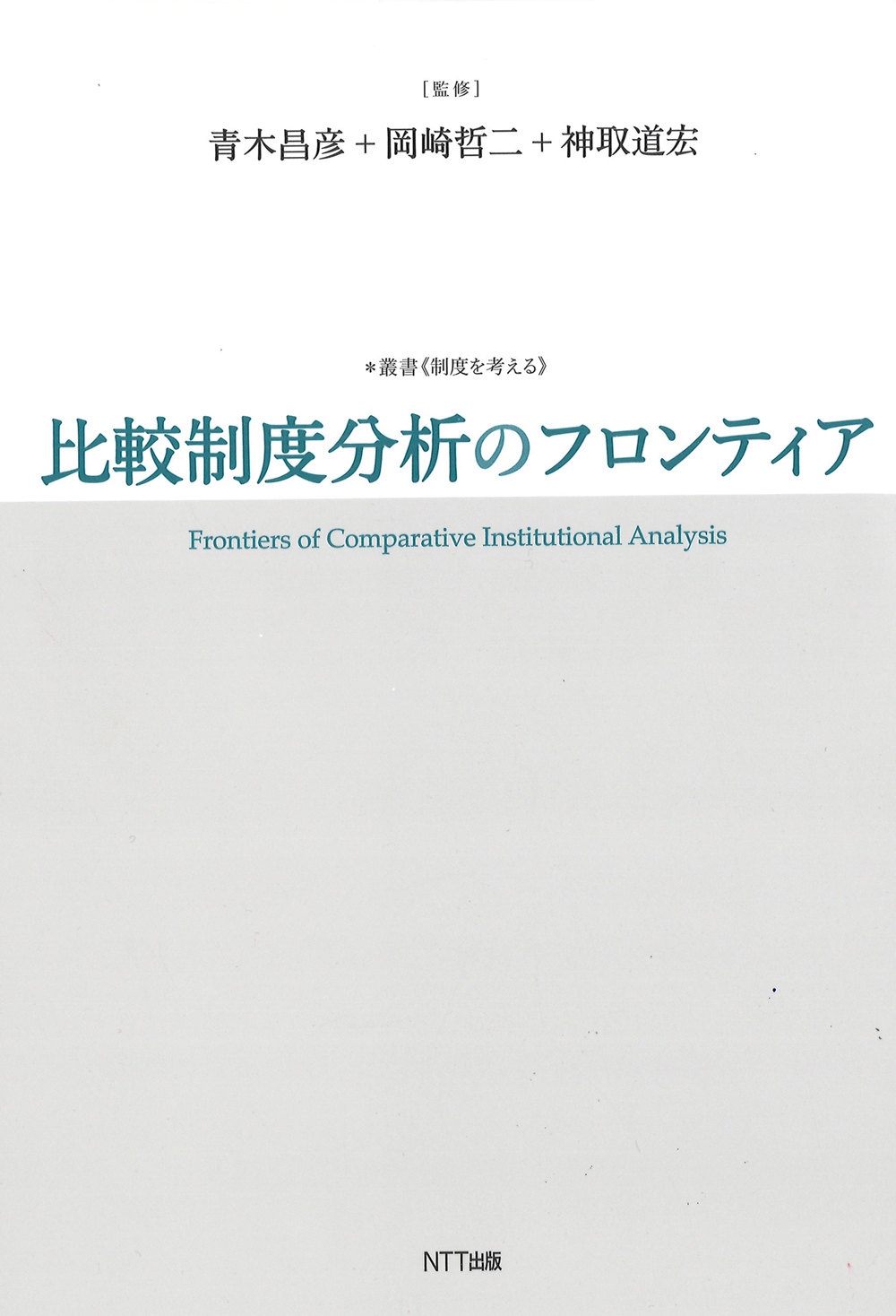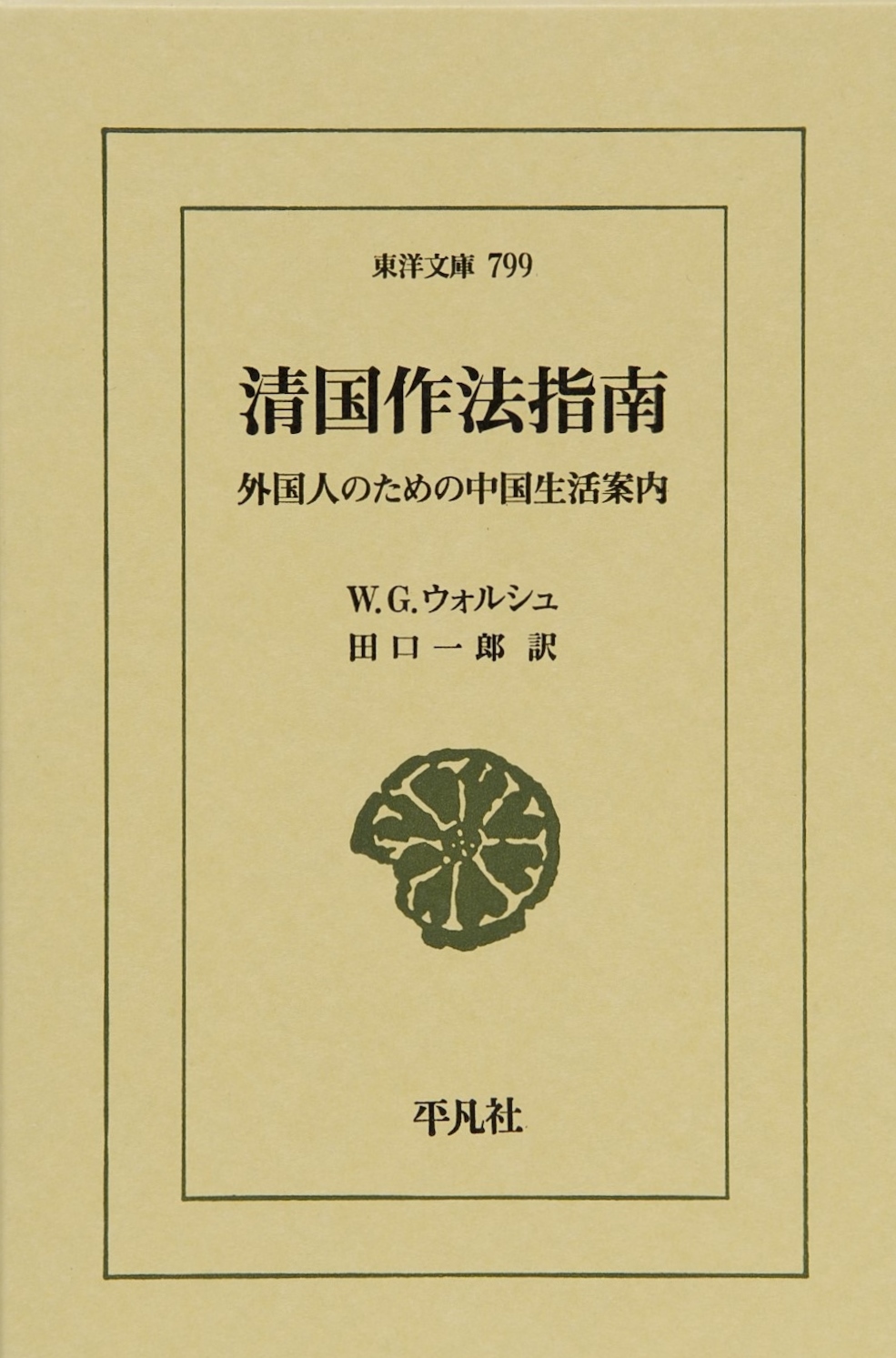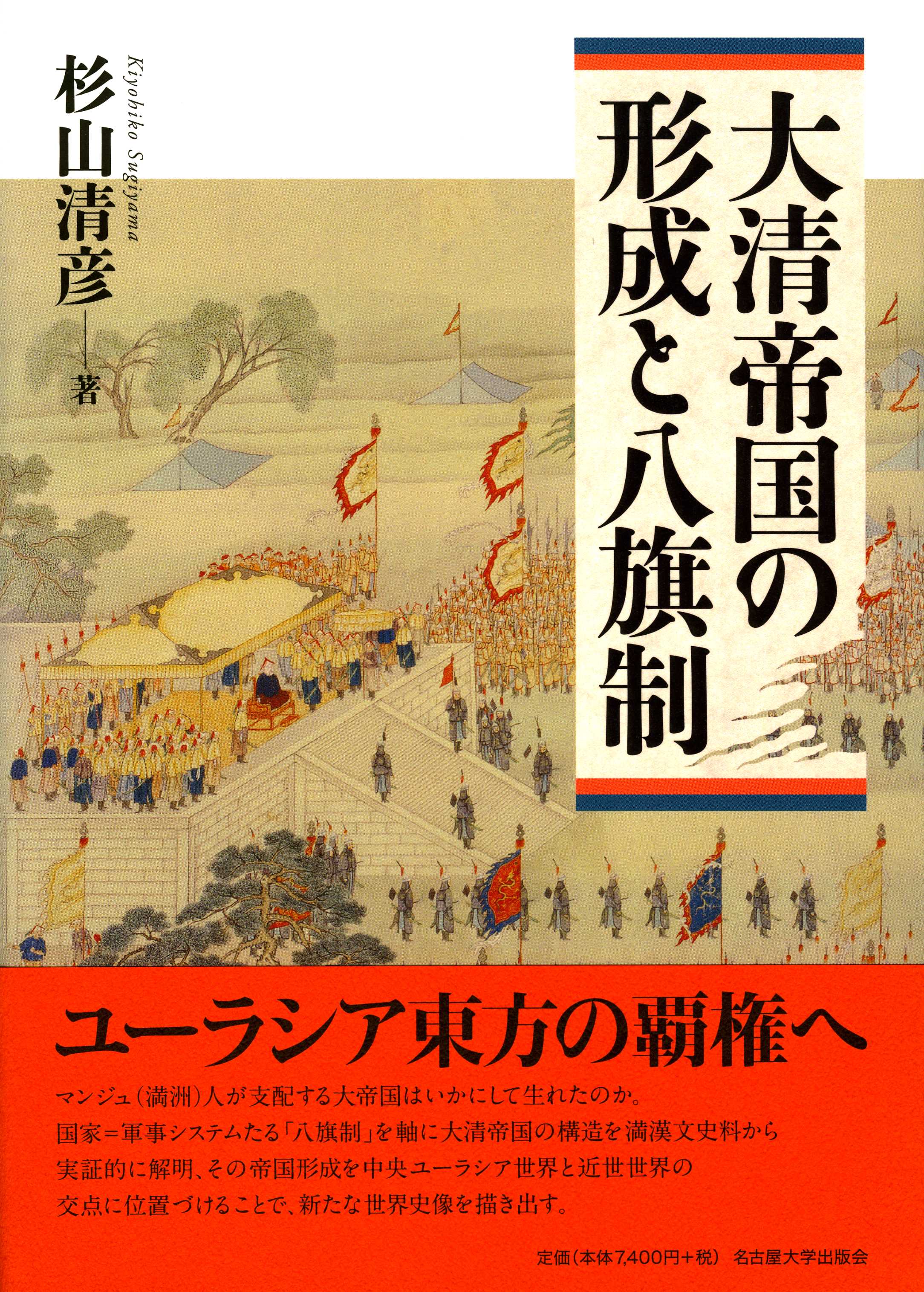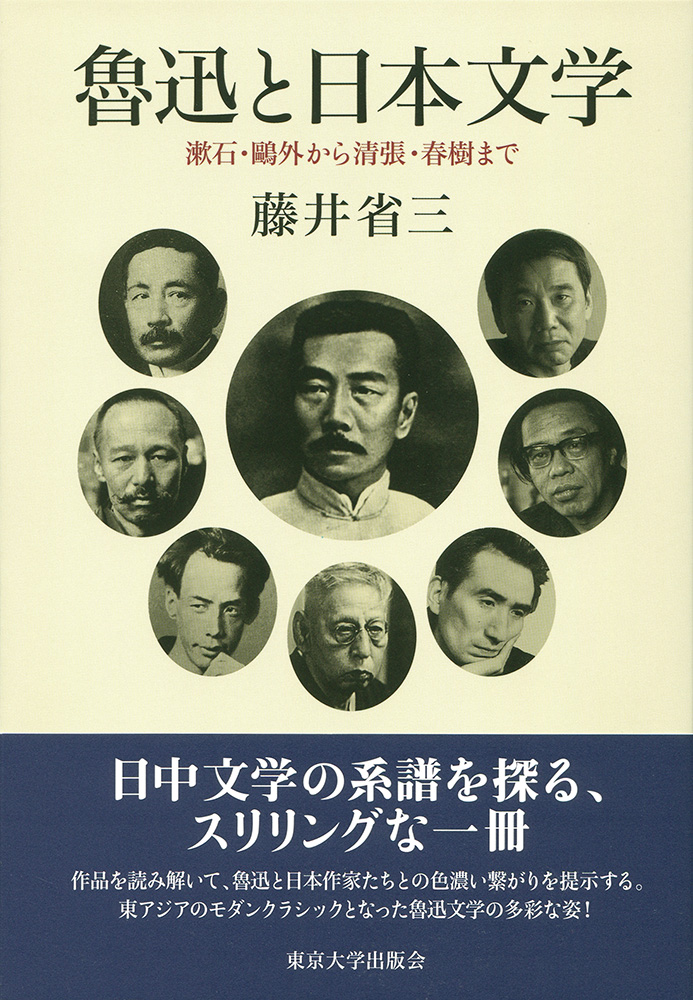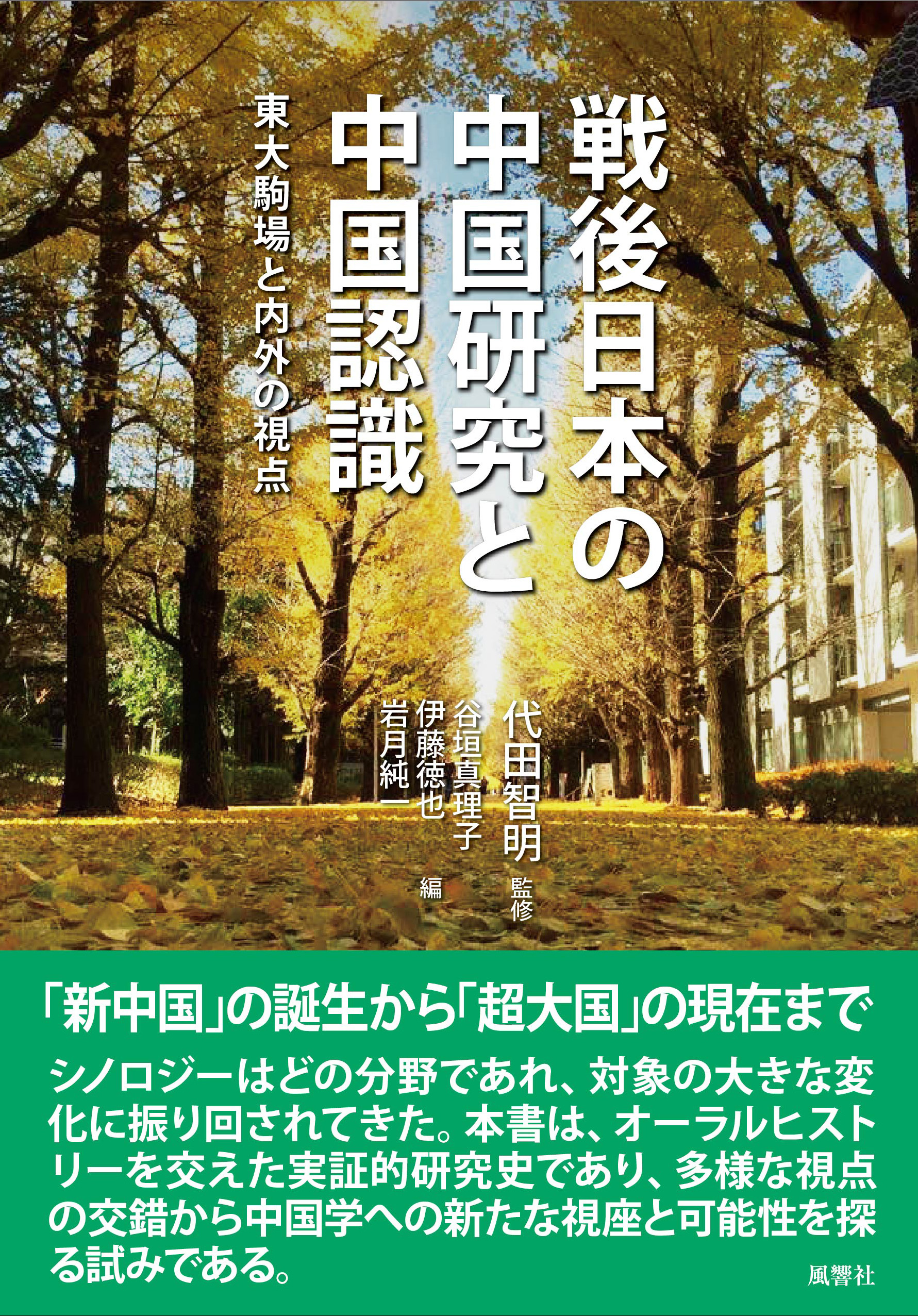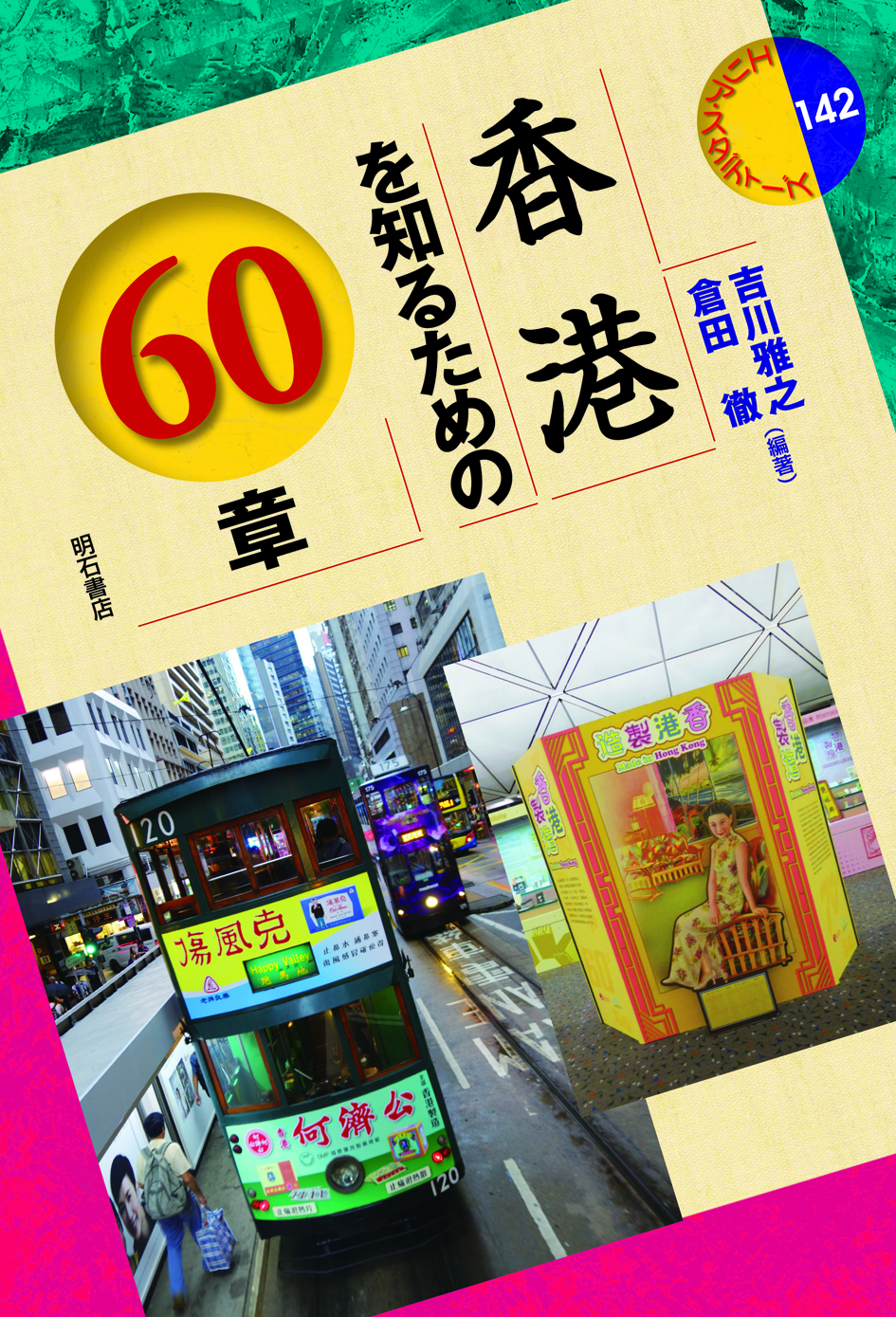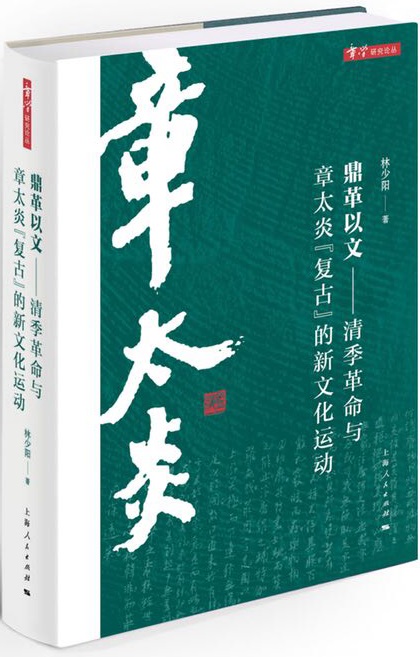
Title
Dingge yiwen: qingji geming yu Zhang Taiyan fugu de xinwenhua yundong (Revolution by Means of Culture: The Late Qing Revolution and Zhang Taiyan from 1900 to 1911)
Size
481 pages, 22cm
Language
Chinese
Released
April, 2018
ISBN
9787208149854
Published by
Shanghai Renmin Chubanshe
Book Info
See Book Availability at Library
Dingge yiwen: qingji geming yu Zhang Taiyan fugu de xinwenhua yundong
Japanese Page
Studies in recent decades conducted from the angle of provincial-level local self-government have done much to help relativize narratives of the 1911 Revolution in China that emphasize the importance of armed uprisings. However, these endeavors still have room to locate the revolution within a global context and to understand its implications as a revolution conducted through the conduits of culture and thought. Besides, in most cases, these interpretations are still formulated within a clear-cut dichotomy of “revolution vs. reform,” which this book argues is not necessarily correct. More importantly, these existing studies are also insufficient in terms of viewing the Late Qing Revolution through a longer time span to see the Revolution as the new development and continuity of a much longer revolution that began with the Taiping Rebellion (1851-1864). The Taiping Rebellion as one of the bloodiest rebellions in Chinese history substantially weakened the rule of the Qing Court. In other words, this book regards the Late Qing Revolution as a part of the long revolution starting from the outbreak of the Taiping Rebellion. Through this analysis, the author demonstrates how the Late Qing Revolution was comprised of three key components: armed uprisings, self-government movements, and finally, a revolution through words and culture. This book also emphasizes the important roles that Tokyo served as the Revolution’s overseas headquarters, as a center for radical student politics, and as a center for Chinese journalism for the reformists and revolutionaries. It argues that, to a certain degree, it is the Taiping Rebellion that made the Revolution successful in a relatively pacifistic way, and that, in particular, made possible the non-violent revolutions of self-government and the revolution through words and culture.
With this basic understanding of the Late Qing Revolution as a framework, the rest of the book deals with the thoughts and practices of Zhang Taiyan (1868-1936), one of the most influential revolutionary thinkers at the time, covering the period from 1900 to 1911. This book examines his leading role in the revolution through culture and his strong influence upon the younger generation of the Revolution. It pays particular attention to the young revolutionaries of the Southern Society (Nanshe), the biggest literary and revolutionary society in the Late Qing period, and argues how Zhang and his young followers reengaged with the thoughts of the late Ming Dynasty (1368-1644). These chapters are echoed by later chapters which discuss Zhang Taiyan’s decisive political and academic influence on Lu Xun (1881-1936) during the latter’s studies in Tokyo as one of Zhang’s disciples. The author considers Zhang and Lu Xun as two typical representative revolutionaries who, in the course of modern Chinese history, attempted to achieve revolution through “wen” (“文”, culture, words or civility). Stressing the importance of Tokyo as a locus of thoughts, this book also elucidates Zhang’s linkage with Japanese socialists like Kōtoku Shūsui (1871-1911) and his comrades, devoting much space to introducing Zhang’s practices and thoughts on anti-imperialist and anti-despotic Pan-Asianism. Unlike the existing research on Pan-Asianism, this book concentrates more on the link between Pan-Asianism and the 1902 Anglo-Japanese Alliance, which allows for a greater discussion of Zhang’s cooperation with the Indian independence movement. The book also sheds light on the uniqueness of Zhang’s revolutionary theory in comparison to Western political philosophy. This theory emerged through a fusion of Zhang’s understanding of Buddhism, Zhuangzi’s philosophy, and Confucian theory on revolution. In this regard, the book also introduces Zhang’s critique of Hegelianism as the core of evolutionism in the modern Chinese context.
This book is not only a new interpretation of Zhang’s thoughts, but also a fresh attempt to interpret Chinese modernity within the author’s own framework and an attempt to relativize the May-Fourth-Movement-centric linear narratives on modern China.
(Written by LIN Shaoyang, Professor, Graduate School of Arts and Sciences / 2018)



 Find a book
Find a book


